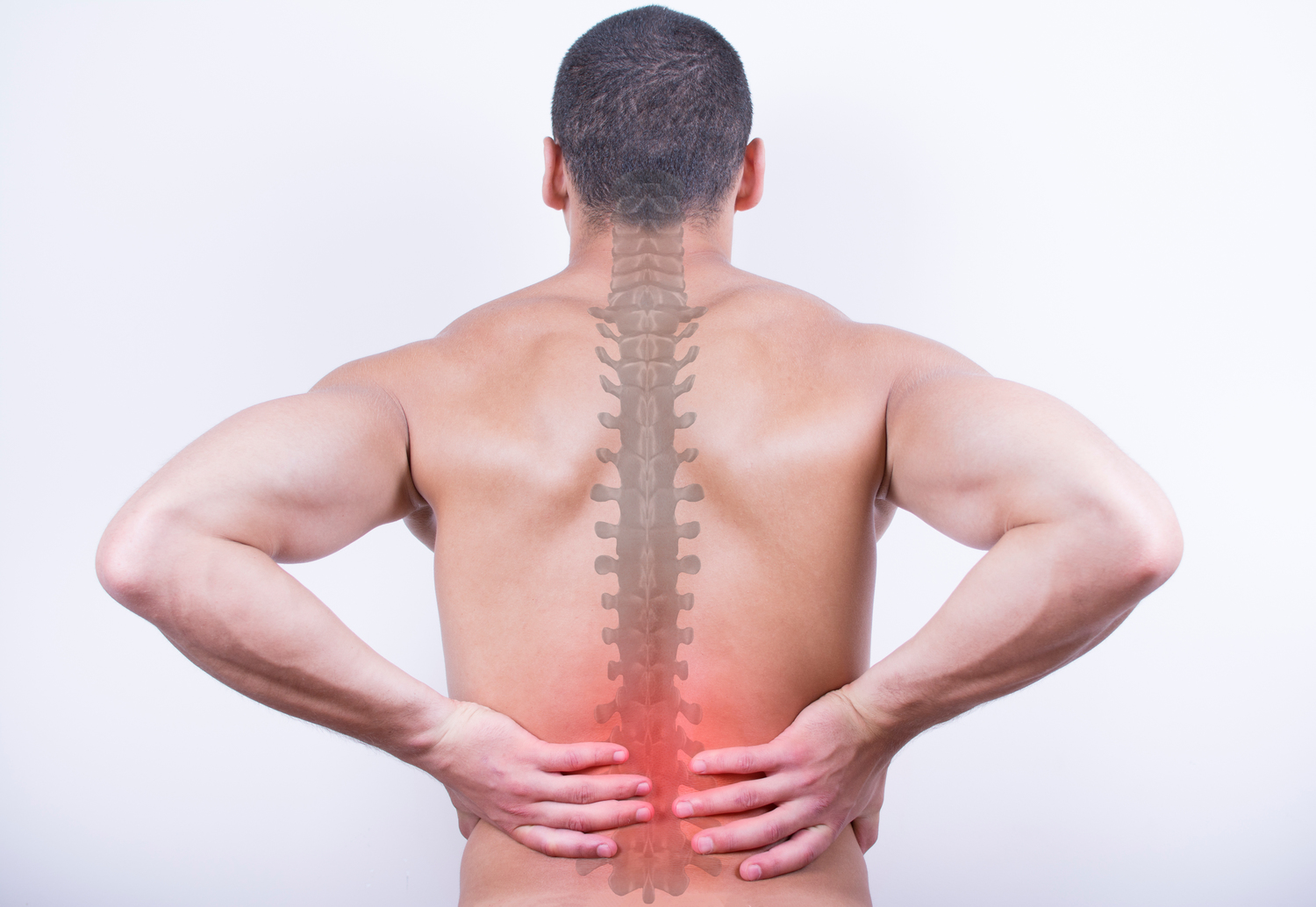Comprehensive Guide to Spinal Muscular Atrophy (SMA)
This detailed guide explains spinal muscular atrophy (SMA), including its types, symptoms, diagnostic methods, and treatment options. Aimed at helping families understand this progressive genetic disorder, the article covers severity levels, clinical assessments, and supportive therapies. It highlights the importance of early diagnosis and tailored treatment strategies to improve quality of life for affected individuals. Understanding SMA can aid in better management and support for those dealing with this condition, ensuring informed healthcare decisions and appropriate care plans.

Understanding Spinal Muscular Atrophy (SMA)
Spinal muscular atrophy (SMA) is a hereditary condition inherited in an autosomal recessive pattern that impairs motor function by damaging nerve cells responsible for muscle control. As a progressive illness, SMA results from the degeneration of motor neurons in the spinal cord and brainstem. This leads to muscle weakness, loss of muscle mass, and difficulties in essential movements such as sitting, walking, crawling, and head control. Severe cases may cause breathing and swallowing challenges due to weakened muscles.
Below are details about SMA types, diagnostic methods, and available treatments to help affected families better understand the disease.
SMA Classifications
SMA is categorized into five types: 0, I, II, III, and IV. Each type varies in severity and symptoms, which doctors identify based on clinical presentation.
Type 0
Type 0 is the most severe form. It involves symptoms like reduced fetal movements, joint issues, swallowing difficulties, and respiratory failure. It manifests either before birth or within the first months postpartum.
Type I
Also called Werdnig-Hoffmann disease, this severe form appears at birth or within the first months. Symptoms include breathing and swallowing issues, weak limb movements, tremors, low muscle tone (hypotonia), and absent reflexes.
Type II
Typically appearing between 6 and 18 months, children with Type II can sit without support but need help to stand or walk. They usually cannot walk unassisted.
Type III
Known as Kugelberg-Welander disease, this milder form emerges later. Patients can walk or stand but have difficulty climbing stairs, exhibit abnormal gait, finger tremors, and struggles rising from chairs.
Type IV
This adult-onset form occurs after age 30, causing mild to moderate muscle weakness, breathing issues, twitching, and tremors.
Diagnosis of SMA
Medical professionals initially assess symptoms and family history. Confirmatory testing includes:
Genetic Analysis
Tests identify mutations in the SMN1 gene and NAIP gene to confirm SMA.
Electrodiagnostic Tests
EMG and nerve conduction studies evaluate nerve and muscle function, detecting nerve damage.
Muscle and Nerve Biopsy
Though less common today, biopsy examines tissue samples for signs of SMA if other tests are inconclusive.
Available Treatment Options
Physical Rehabilitation
Targeted exercises help maintain muscle flexibility and mobility.
Medications
Drugs may prevent nerve cell damage and support motor neuron health.
Assistive Devices
Electric wheelchairs aid mobility for those unable to walk, especially children with severe SMA.
Breathing Assistance
Support includes oxygen therapy, respiration devices, immunizations, and breathing exercises to improve respiratory functions.
Important Notice:
Our website offers helpful information across various topics, based on thorough research and data. Readers should view these articles as informational rather than definitive. We are not responsible for inaccuracies or differences in data across sources. Also, some related schemes or offers might not be covered here but could be more beneficial for individuals seeking specific assistance.










